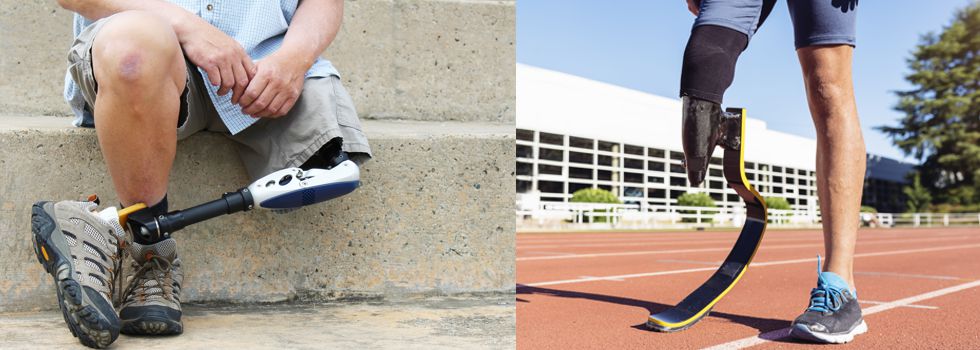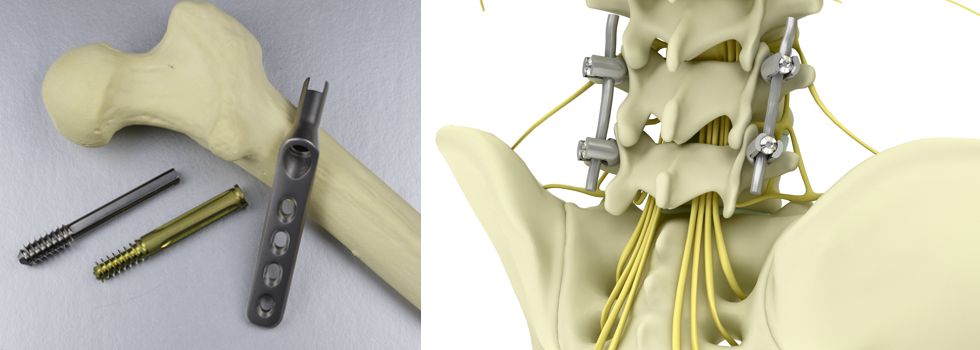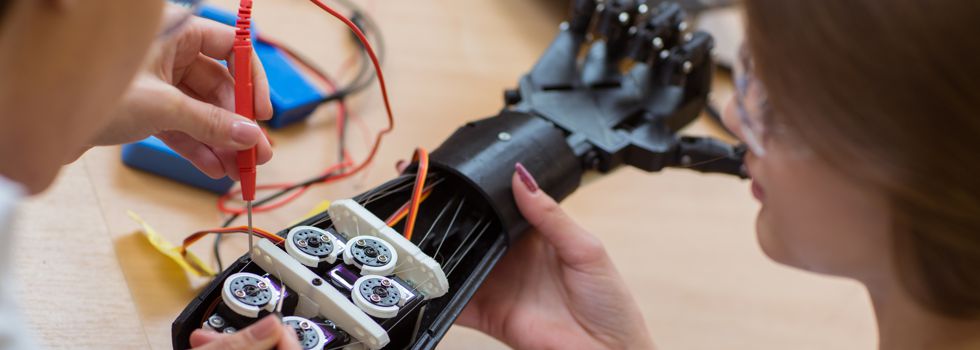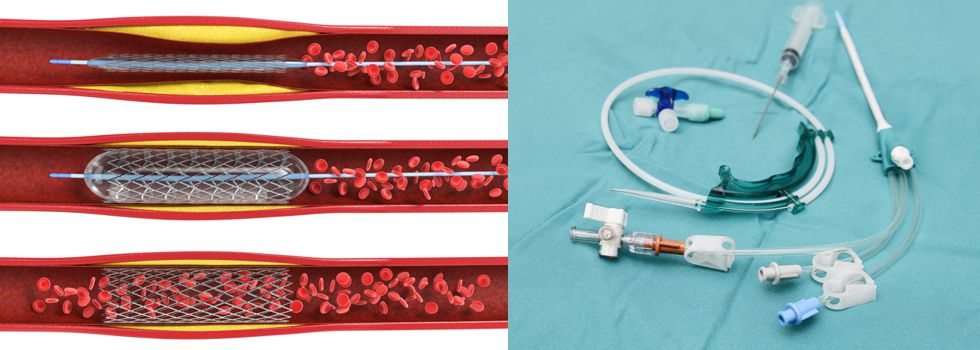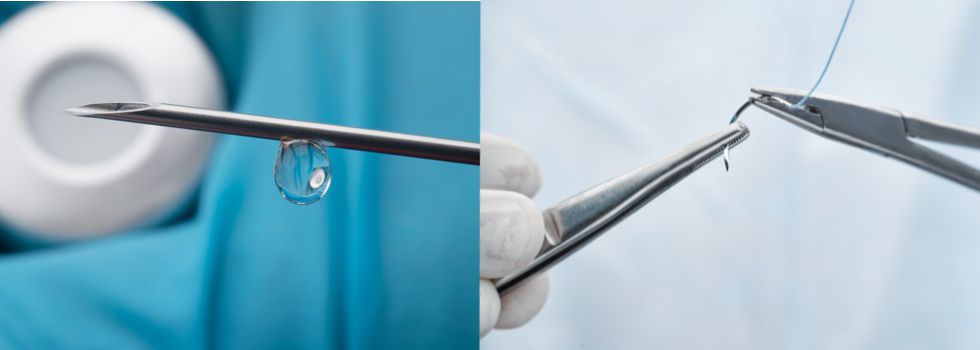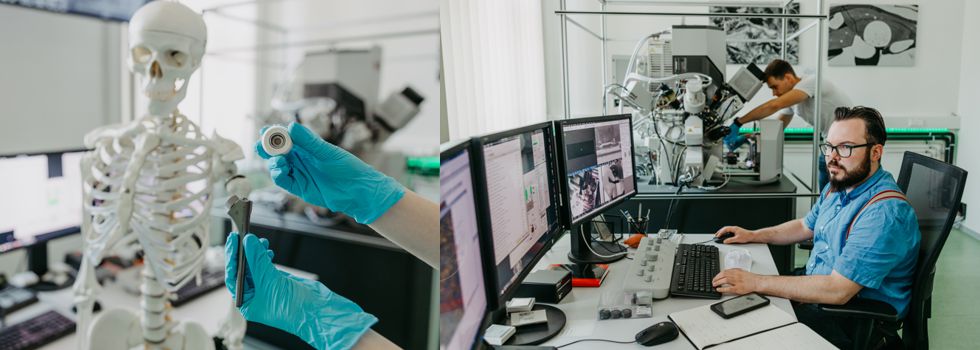
Microscopic examination of components of a modular shoulder endoprosthesis
A large proportion of the endoprostheses in use have a modular structure and are composed of various components, which can be made of different materials. Microscopic - especially electron microscopic - investigations of the structure of these materials play a major role in research to improve endoprostheses.






